Morocco: Revealed
The culture of Morocco reflects the Berber and Arab influences represented by its population. The majority of Morocco's population identifies as Berber and Arab
Our itinerary in Morocco introduces you to the oldest kingdom in the Muslim world.
We take you from the remote desert towns in the Sahara, crossing the stunning High Atlas Mountains through to the Roman ruins at Volubilis and the historic imperial cities.
Wander the colourful and atmospheric medinas of Fes and Marrakech, taste delicious local cuisine and spend your nights in beautiful old riads and kasbahs.
It is a nice mix of everything that Morocco has to offer for the first time visitor.
This is an independent tour so you can choose your own start date!
Meet and greet at Casablanca airport, then transfer to your hotel. Overnight in Casablanca.
After breakfast, enjoy a city tour of Casablanca with your private guide. Begin with an outside visit of Hassan II Mosque, the largest mosque in the country and one of the largest mosques in the world.
Continue to Ain Diab Corniche for a stroll along the coast. Your next stop is Mohammed V Square in the city centre.
The city tour also includes the Habous Quarter, one of the oldest areas in Casablanca. The district was built by the French in the 1930s as an attempted solution to the ongoing housing shortage. It marries the best of traditional Moroccan architecture with modern facilities and French ideals – even the mosque fronts onto a strip of grassy lawn just like a village church.
Then drive to Rabat, the capital of Morocco and one of the Imperial Cities.
After breakfast, begin the city tour of Rabat at the Kasbah of the Udayas. This kasbah is a fortification constructed on a hill during the reign of the Almohads, overlooking the Atlantic Ocean. The Kasbah of the Udayas was constructed during the realm of the Almohads.
Continue the city tour at the Mohammed V Mausoleum. This Mausoleum is home to the tombs of the current King’s grandfather, King Mohammed V, and his two sons King Hassan II and Prince Moulay Abdellah. Inside the mausoleum, mosaics rise from the marble floor to a ceiling of gold leaf and hand-carved cedar wood, while the three ground-floor tombs are carved from white onyx.
Next to the Mausoleum is the Hassan Tower, the towering minaret of the Hassan Mosque. Then to Chefchaouen for overnight.
Chefchaouen or Chaouen is a fascinating little town tucked away in the Rif mountainside best known for the striking, blue-washed buildings of its old town.
The name refers to the shape of the mountain tops above the town that look like the two horns of a goat. “Chef Chaouen” derives from the Berber word for horns, Ichawen. Founded in the 15th century, the city was settled by the Moors and then abandoned until the 20th century, when it was resettled by Europeans. As a result, the town retains a characteristically medieval atmosphere.
Then drive to Meknes, the fifth largest city of the kingdom. Meknes was the capital of Morocco under the reign of Moulay Ismail (1672–1727), before it was relocated to Marrakech. The city tour of Meknes includes the massive Bab El Mansour gate, Harri Souani stables, medina ramparts, and the entrance to the Royal Palace.
Continue to the UNESCO-sponsored Roman ruins in Volubilis where you will have a guided tour. Then to Fes for overnight.
Enjoy a guided city tour of the spiritual capital of Morocco, Fes.
The first stop of the morning is a visit to the entrance of the largest royal palace in Morocco. This palatial complex rests in the centre of the El-Jedid area and is surrounded by high walls with an intricate and elaborately decorated gateway that is permanently closed. The doors are bronze but they shine like gold.
The next stop will be the old Medina (Fes el Bali). This medieval centre of Fes has not changed for centuries. Its narrow alleys house hundreds of merchants and craftsmen selling a range of products such as dates, fish, spices, copper urns, etc. One of the most interesting sites is the Leather Souq and the oldest leather tannery in the world. The tannery dates back at least nine centuries. In the medina you will visit the Jamaa Al-Karaouine (the world’s first established university) and a Madrasah (Koranic school).
After breakfast, drive to the heart of the Sahara Desert. Stop at Ifrane, a charming town and ski resort in the Middle Atlas region of Morocco. Ifrane is famous for its Alpine climate, European-style houses and an altitude of 1665m. The town experiences snow during winter months and a cool climate during summer. Ifrane is also the place where the lowest temperature was ever recorded in Africa, -24 °C in 1935.
Continue driving through many Amazigh (Berber) villages before arriving at Midelt where you may stop for an optional lunch. Drive beside the Ziz River, passing through a series of fortified villages before reaching Errachidia.
Continue through Erfroud to Merzouga for dinner and overnight in the desert camp
Enjoy an early morning camel ride in the desert to experience the wonderful sunrise over golden sand dunes. After breakfast at your desert camp, drive to Tinghir via Rissani and Tinjdad.
Tinghir is a gorgeous, 40km oasis, which boasts one of the largest palm groves in the country. Stop at the famous Toudgha Gorge, a 300m wall, carved deep into the High Atlas Mountains.
Optional lunch at Toudgha Gorge then continue on to Dades. The drive is spectacular, with desert landscapes, villages, and the expansive Jebel Sarhro lunarscape to the south. Arrive at Dades where you will stop for dinner and overnight.
Morning to enjoy the beautiful Dades valley. Drive to Ouarzazate via Kelaat M’Gouna. The drive is amazing with hundreds of Kasbahs lining the route.
Kelaat M’Gouna is famous for cultivating roses so expect to find many fine, rose-infused products for sale.
Ouarzazate is known as “Morocco’s Hollywood”. Start the city tour with Taourirt Kasbah, considered to be one of the most beautiful kasbahs in Morocco. Stop next at the film studios where some of the most famous desert landscapes were and are still being filmed.
Your next stop will be at the wonderful fortress of Ait Ben Haddou. The village is a great example of earthen clay architecture that has been a UNESCO World Heritage Site since 1987. Ait Ben Haddou is an iconic landscape immortalized in such films as “The Man Who Would Be King (film) (1975)”, “Jesus of Nazareth (1977)”, “The Last Temptation of Christ (1988)”, “Gladiator (2000)”, “Son of God (film) (2014)”, etc.
After visiting Ait Ben Haddou, drive on to Imlil for overnight.
Imlil is a wonderful village! The area is surrounded by astonishing views of the High Atlas Mountains. The village is dominated by the Djebel Toubkal, with its highest summit in North Africa at 4167m. It is also the place of departure for a lot of hiking in the High Atlas. Imlil is an Amazigh (berber) village at an altitude of 1500m. In the area, one can admire the vast countryside covered with green oaks, cypresses and other typical vegetation of the Atlas. Optional half day trekking with a local guide
Enjoy the morning at leisure. Late in the afternoon, drive to Marrakech for overnight.
Enjoy the guided city tour of Marrakech after breakfast. The morning begins with a visit to the Kotoubia Mosque. The mosque is the largest in Marrakech and one of the oldest in the world. The minaret, 77m, includes a spire and orbs. It was completed under the reign of the Almohad Caliph Yaqub al-Mansur (1184 to 1199), and has inspired other buildings such as the Giralda of Seville and the Hassan Tower of Rabat. Continue to the world-famous Jemaa el Fna Square, which houses an array of food, snake charmers, local musicians, and fortune-tellers. There is nowhere on earth quite like the Jemaa el Fna, the square at the heart of old Marrakech.
Your next stop is the Bahia Palace, and the Saadian Tombs. The Saadian tombs date back to the time of Sultan Ahmad al-Mansur (1578-1603). The tombs were discovered in 1917 and were restored by the Beaux-arts service. The mausoleum comprises the interments of about 60 members of the Saadi Dynasty that originated in the valley of the Draa River.
Optional dinner at a local Moroccan restaurant.
Morning at leisure to relax in Marrakech. Late in the afternoon, drive to Essaouira for overnight.
Enjoy your day at leisure in Essaouira. This relatively small, easily navigable beach city is ideal for free time. Essaouira has a distinct multicultural atmosphere, resulting from the large Portuguese, French, and Jewish populations that once called it home. The mild climate and expansive stretches of ocean make one of Morocco’s top beach towns.
Essaouira’s walled medina was added to UNESCO’s World Heritage list in 2001. Its well-preserved, late-18th-century fortified layout is a prime example of European military architecture in North Africa.
For the visitor, the mellow atmosphere, narrow winding streets lined with colourful shops, whitewashed houses and heavy old wooden doors make it a wonderful place to stroll.
After breakfast drive to Casablanca via Safi, Oualidia and El Jadida.
Safi is one of the most attractive cities in Morocco thanks to its long history. The city was under protectorate by the Portuguese Empire from 1488 to 1541. During this period, the Portuguese built a fortress to protect the city. Safi nowadays is the main fishing port for the country’s sardine industry, and also exports phosphates, textiles and ceramics. During the Second World War, Safi was one of the landing sites for Operation Torch.
After visiting Safi, continue to Oualidia, another charming sea resort. Oualidia is a small village on the Atlantic coast, facing a salt water lagoon and beach where ocean and coast merge. Oualidia is the ideal place to unwind. Poised on the edge of the ocean, in a site of great ecological importance, Oualidia will attract, captivate, energise and soothe in equal measure.
Continue on to Casablanca via El Jadida for overnight.
After breakfast, transfer to Casablanca airport for your departure flight.
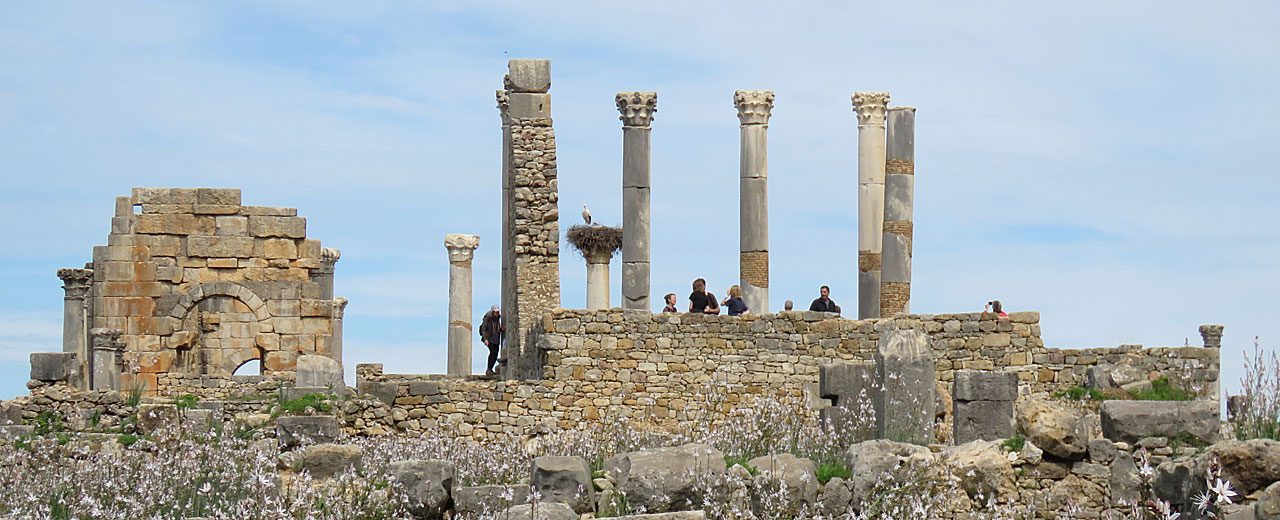
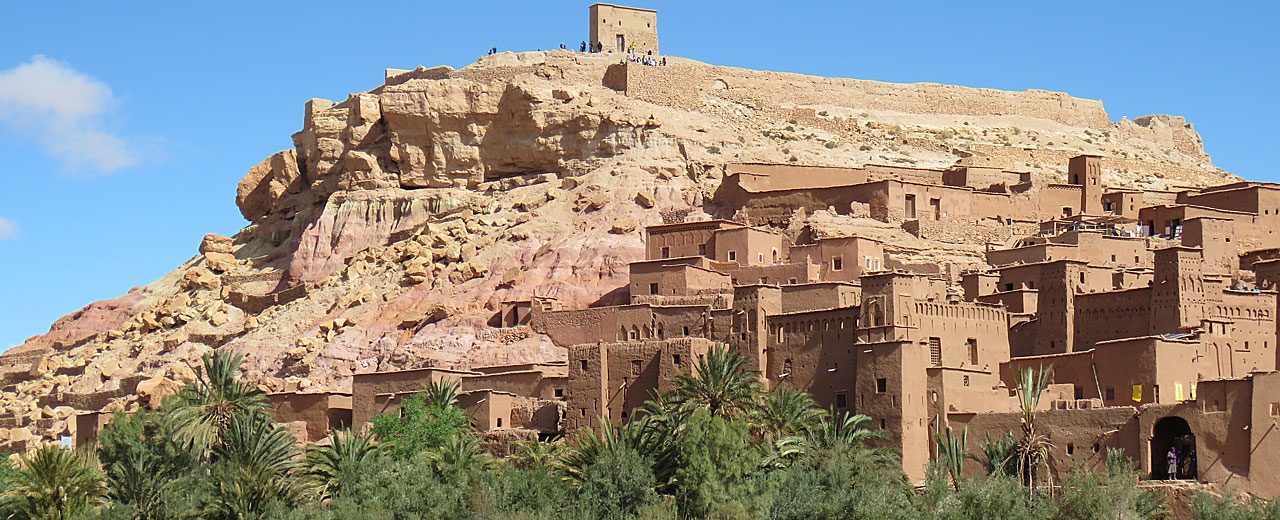
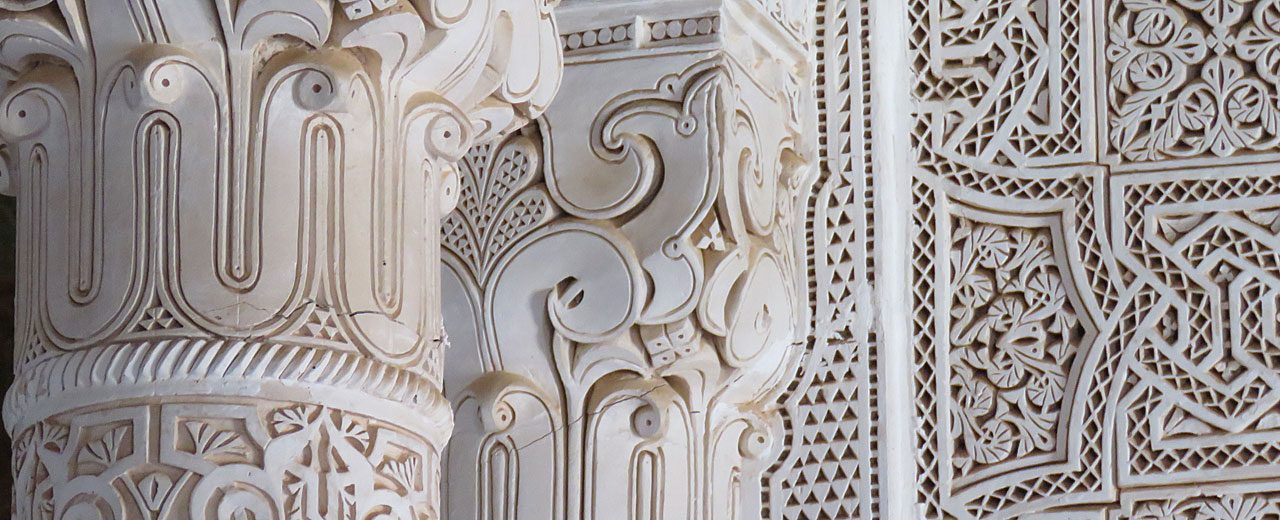
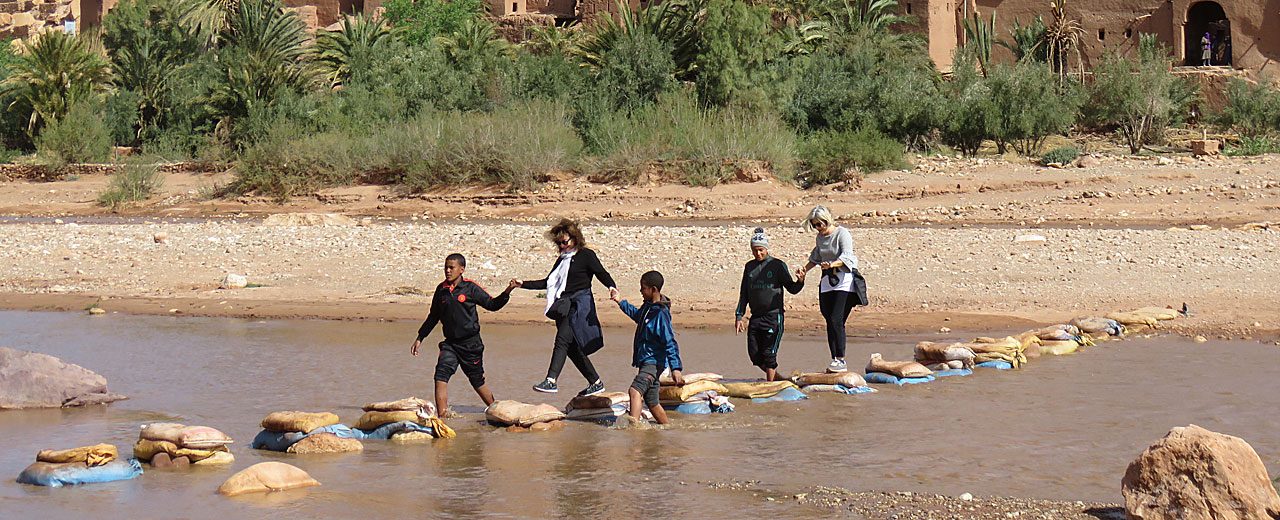
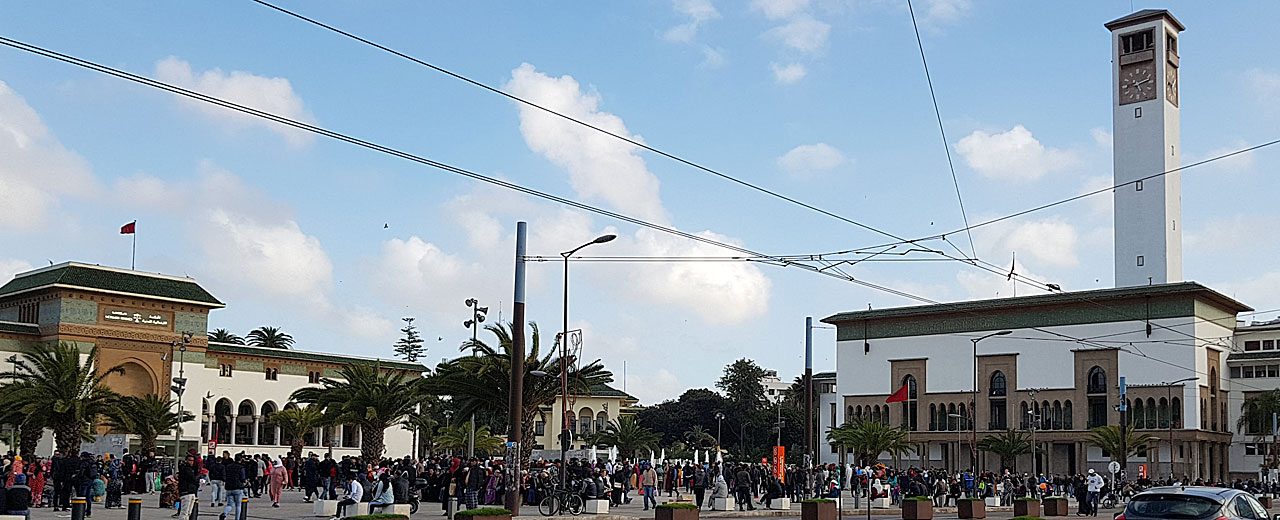
Price
poa
Inclusions
will be updated shortly

